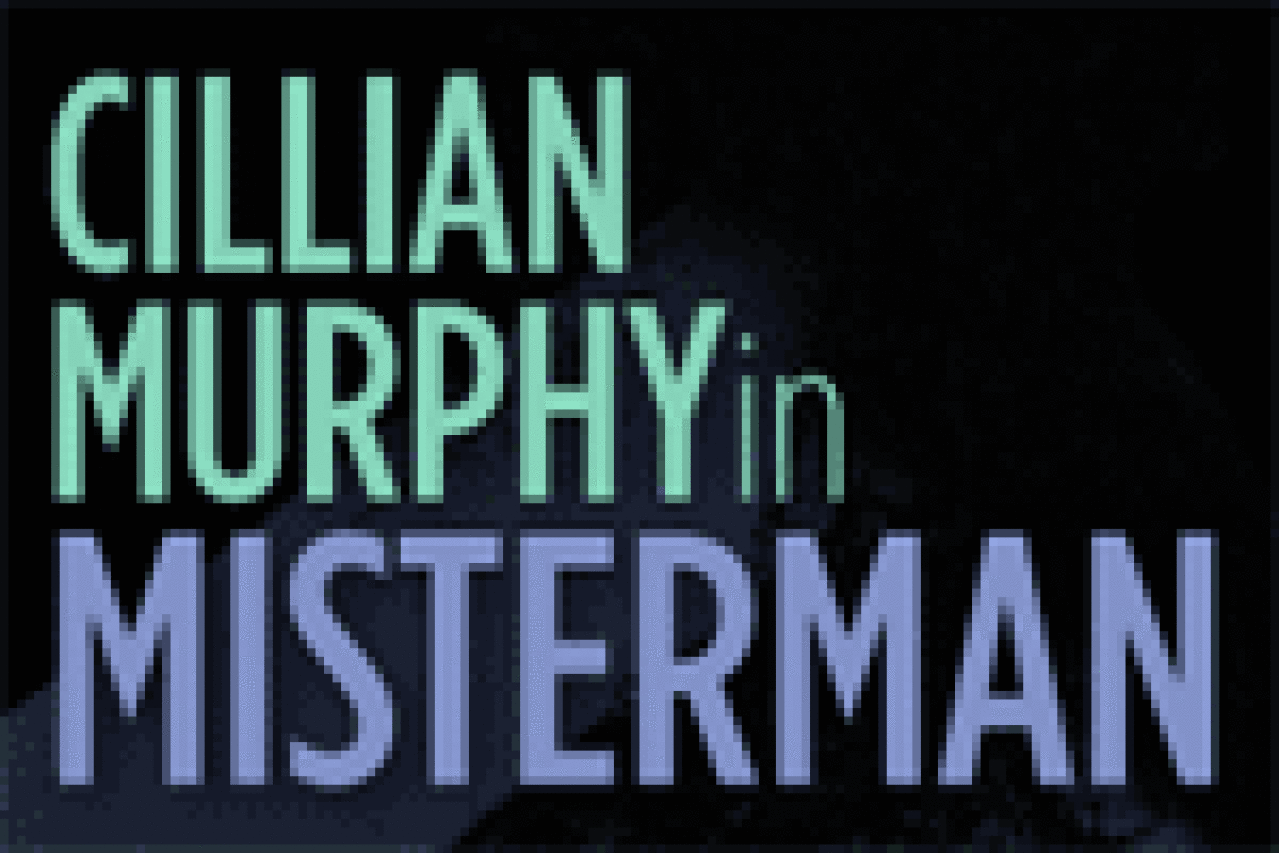Misterman

(© Pavel Antonov)
Audiences get a glimpse into a young man’s tortured conscience and his own personal hell in Enda Walsh’s Misterman, playing at St. Ann’s Warehouse. Directed with a sense of the intimately epic by the playwright, the one-person show manages to both chill and touch theatergoers, thanks to Cillian Murphy’s blazingly raw performance.
Murphy plays Thomas Magill, a denizen of the small Irish town of Inishfree, who has sequestered himself inside a garage (production designer Jamie Vartan makes full use of the gargantuan space, creating a two story junk-filled labyrinth). In this cavern, Magill ritualistically revisits a cataclysmic day in his life (seemingly in perpetuity) with the assistance of reel-to-reel tape players scattered throughout the space, which allow him to bring his encounters with his “Mammy” and his neighbors from the time in question to life.
Murphy imbues Magill with both a choir boy’s charm and innocence and an edgy manic energy, often racing back and forth across the stage as Magill attempts to remake his “day.” It’s an intriguing and deliciously ambiguous combination.
Indeed, theatergoers won’t be quite certain as to whether or not they want to protect this man who’s berated by some neighbors for his goodness or if he’s someone to be feared: a guy teetering on the brink of insane religious zealotry. And to his credit, Murphy manages to sustain this duality up until the play’s final moments, even as the events in the piece become more disturbing and more surreal.
Not only does he rivetingly bring Magill to life, he also creates fascinating and marvelously detailed portraits of some of his neighbors, ranging from an elderly woman who laments the fact that Thomas is not her own child to a pair of thuggish guys who have no patience for him. And during one particularly uncomfortable scene, Murphy re-enacts a brutal beating that Thomas receives so remarkably that it almost seems as if two performers have come to the stage.
His performance is ably supported by the exceptional design work. Not only does every piece of Vartan’s design have a purpose (literal or metaphorical), Adam Silverman’s lighting design shapes the course of the day with brilliant specificity, even as it takes theatergoers in and out of Thomas’ mind. There are even moments when it can seem as if the lights are shining down on the action from some otherworldly source.
Similarly, Gregory Clarke’s sound design brings the dogs that growl and bark outside of Thomas’ hell-ish lair to life marvelously and contains all of the more benign details that are requisite for his imagined — and ultimately harrowing — trip into the past.











